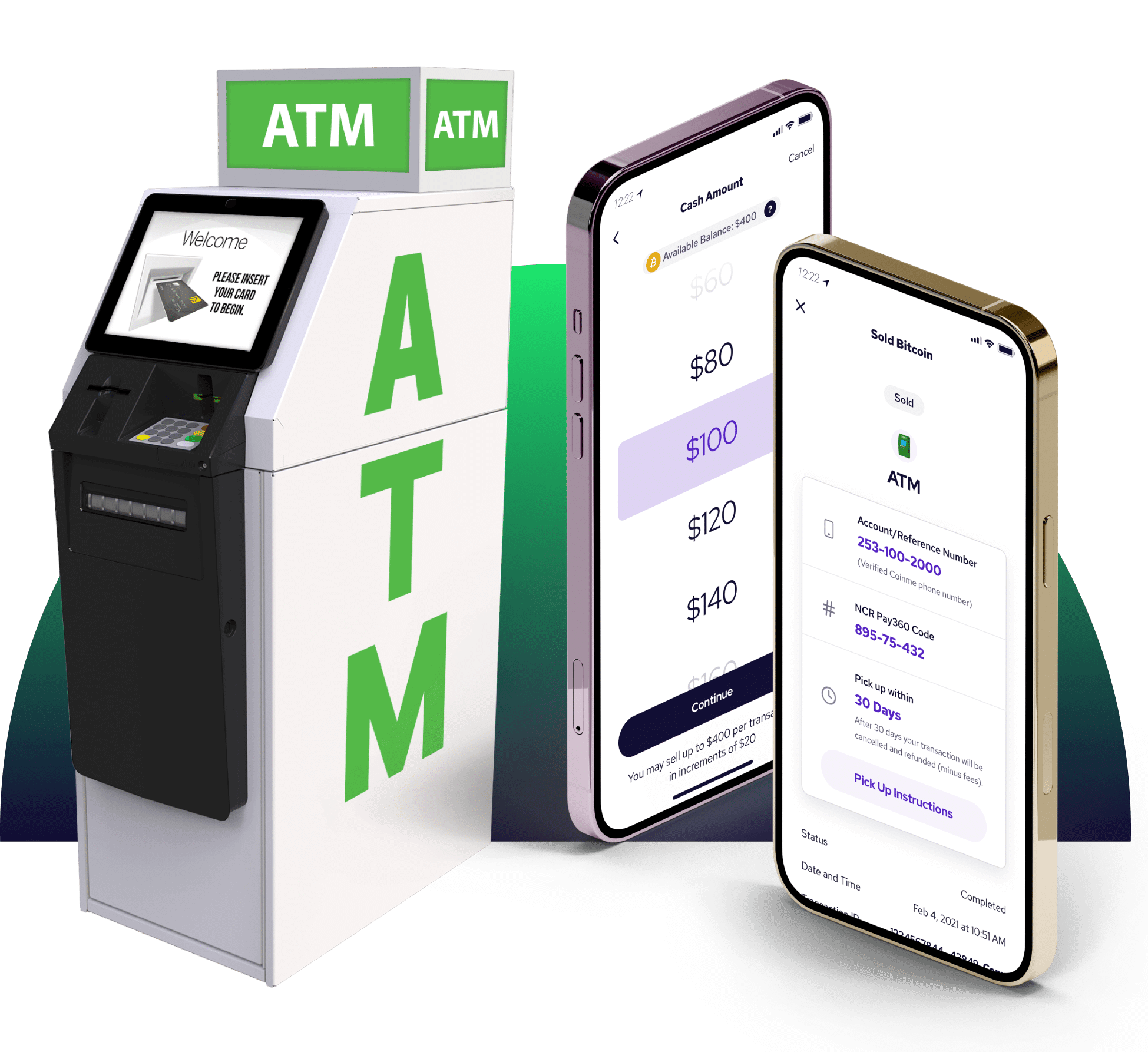Stellar is a cryptocurrency network designed to be a network of networks. Rather than replace existing fiat currencies, Stellar is trying to connect them all.

Right now, sending money around the world and across borders is costly because it needs to travel through multiple financial service providers before reaching its final destination. The multiple-step approach, necessary due to system infrastructure and rules governing cross-border transactions, can be optimized and made more efficient (saving time and money), which is where Stellar comes in.
In addition to the cross-border use case, by creating an open source, decentralized backend that leverages the network of network ideas, Stellar can also be used by developers globally to develop new kinds of financial products and services, ranging from currency exchanges to micropayments.
The San Francisco-based Stellar Development Foundation maintains the Stellar network. The assets native to the Stellar network are Stellar Lumens or XLM.
How Stellar works
Like other decentralized blockchains, Stellar uses a consensus mechanism to confirm and record transactions to its public network. The Stellar Consensus Protocol is based on the computer science concept of a Federated Byzantine Agreement (FBA), which lays out a system of validator nodes.
Stellar’s system is unique because it allows more fine-grained control at the node level while the network verifies transactions or finds a quorum. According to a Stellar explainer about the protocol. “In FBA, there’s no gatekeeper and no centralized authority, so individual nodes decide which other participants they trust for information.”
One critique often made of the Stellar Consensus Protocol is that it is not decentralized enough — meaning there are a limited number of validator nodes. But, the tradeoff is that Stellar can run an efficient network that enables quick and low-cost transactions.
Another exciting thing about Stellar is the monetary supply of lumens. There are 50 billion lumens in existence (no more will be created). Of that 50 billion, 20 billion are in the open market and used in transactions and investments. The Stellar Development Foundation controls the other 30 billion. Additional lumens from the foundation’s holdings will enter the market in the future and in accordance with the organization’s mission.
Why it matters
Stellar is one of the older and more mature decentralized digital asset networks. Launched in 2014 by Jeb McCaleb (one of the founders of Ripple and the creator of the early bitcoin exchange Mt. Gox), Stellar is a purpose-driven asset.
Through partnerships and collaborations, ranging from remittance companies in Nigeria to the Ministry of Digital Transformation in Ukraine, Stellar has continually grown its network utility and developer community worldwide.
Its mission to make the world’s financial system more efficient and accessible resonates across multiple layers of global money systems. From entrepreneurs in developing economies and fintech-focused NGOs to multinational corporations and government agencies, all share the need for a better means of transacting globally.
Buy Stellar Lumens with Coinme
A big part of Stellar’s value proposition is to remove friction from the world’s financial system and leverage digital infrastructure while still using essential and valuable legacy systems (like cash).
In many ways, that mission aligns with what Coinme is doing too. Using Coinme’s suite of services, you can move quickly and efficiently between cash and crypto — and back again.
Coinme-enabled kiosks are available at a growing number of locations. And you can now buy digital assets like Stellar using a debit card through the Coinme app.



